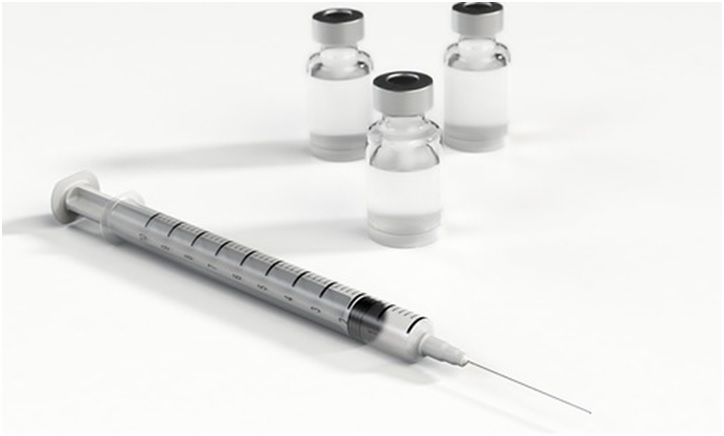Human chorionic gonadotropin (HCG) injections can enhance embryo implantation before the embryo is transferred into the uterus. Hcg booster shot after embryo transfer is not necessary because HCG shots before embryo transfer are adequate. Progesterone is often given after embryo transfer to support and sustain a pregnancy. Human chorionic gonadotropin (HCG) injections are mainly given in women who undergo in-vitro fertilization (IVF) procedure. Human chorionic gonadotropin (HCG) is a hormone used widely in assisted reproductive treatments (ART) to induce ovulation. Assisted reproductive treatments are ways or methods to treat infertility and to make it possible for a couple to conceive. The definition of infertility is when a couple is unable to conceive despite regular and unprotected sexual intercourse for a one-year duration.
Infertility is a common condition. In the United States, 15% of couples are unable to conceive due to infertility. Infertility can affect the male partner, the female partner, or both. In developed countries, a study was conducted. The study shows that 8% of cases are due to male-only, 37% of cases due to females only, and 35% of cases due to both. The evaluation of infertility most of the time will involve both male and female at a time.
Infertility evaluation in men and women will involve history taking sessions (Q&A session), physical examination and tests. The tests for men are:
- Semen analysis (sperm count and evaluation)
- Blood tests
- Genetic tests
- Other tests if required like transrectal ultrasound, post-ejaculation urine sampling, and testicular biopsy
The tests for women are:
- Blood tests
- Hysterosalpingogram (HSG)
- Pelvic ultrasound
- Genetic tests
- Other tests if required
The treatments available for cases of male infertility are:
- Hormone treatment
- A surgical procedure to open up a block in the testicle
- Invitro fertilization (IVF)
The treatments available for infertile women are:
- Medications like clomiphene
- Hormonal treatments
- Intrauterine insemination
- Invitro fertilization
Assisted reproductive technology or assisted reproductive treatments are all medications and procedures that can be used to help a couple to conceive. The examples of assisted reproductive treatments are:
- IVF treatment
- Cryopreservation of embryos or gametes
- Fertility medicines
- Intracytoplasmic sperm injection (ICSI)
The first successful IVF treatment took place on 25th July 1978 in Dr Kershaw’s Hospice. Lewis Brown was born successfully. He is the first child who is born via IVF procedure. The first successful birth via intracytoplasmic sperm injection (ICSI) was on 14th January 1992 in Brussels.
IVF is a procedure designed to overcome infertility directly. The following are cases that are suitable for IVF treatment:
- Fallopian tubes block
- Severe male infertility
- Any infertility cases that fail to be treated via other less invasive treatments
- Ovarian failure
- Asherman syndrome
The disadvantages of IVF treatment are:
- Expensive
- Procedures and medications that may possess a risk to women
- The risk for multiple pregnancies
- Complications to the baby
IVF is also used in cases that require a surrogate mother. Other uses of IVF are:
- Genetic testing before implantation
- Sex selection
- Prevent any mitochondrial diseases
The following factors will reduce the success rate of IVF:
- Smoking
- Hydrosalpinx
- Altered microbiota
- Endometrioma
- Endometriosis
- Uterine fibroids
- Previous pregnancy history
- Previous unsuccessful IVF
- Aspirin
- Heparin
- Acquired thrombophilia
- Inherited thrombophilia
During IVF treatment, HCG injection is given to stimulate the ovaries. Then, mature ova (oocytes) that were released by the stimulated ovaries will be aspirate. The mature ova are later fertilized with sperm outside the body. The product of fertilization will be kept in the lab to multiply and form an embryo. The embryo is later transferred back into the womb. IVF usually takes around two weeks before completion.





